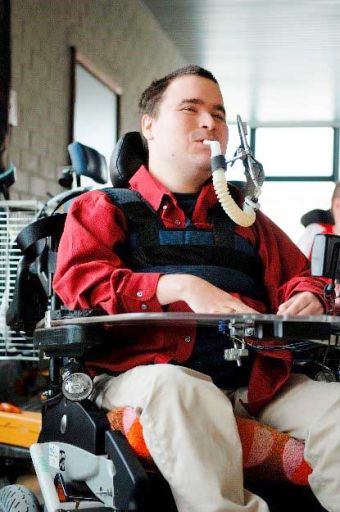Duchenne muscular dystrophy
Duchenne muscular dystrophy
Duchenne muscular dystrophy (DMD) is one of the most common and devastating types of muscular degeneration and results in progressive muscle weakness, starting at young age.1,2
A genetic disorder, DMD primarily affects boys and is characterized by loss of the protein dystrophin in muscle cells as a result of genetic mutations.3,4 The associated cell damage and uncontrolled influx of calcium leads to mitochondrial dysfunction and reduced energy production in muscle cells.5 This contributes to progressive muscle weakness and loss of muscle tissue over time including a decline in pulmonary function leading to trouble breathing.4,5
The average age at which boys will start to show symptoms of DMD is 3 to 5 years, and they are commonly unable to walk by their teenage years.1,4,6 As the disease progresses, the muscles affected include those needed for breathing (respiration), causing a problem called ‘respiratory insufficiency’ that leads to worsening breathing. This means that patients with DMD suffer from a decline in respiratory function, may need support to breathe and may have more frequent lung infections.7–9 Other typical symptoms include a weak cough, chest infections, daytime sleepiness, headaches, suffering from nightmares, or other respiratory and pulmonary infections.
